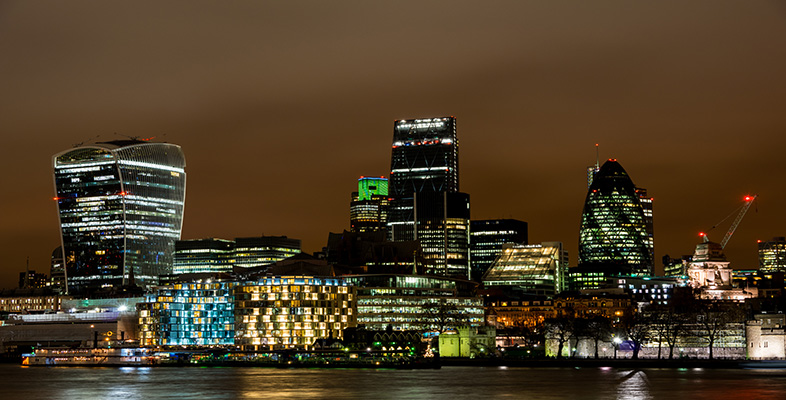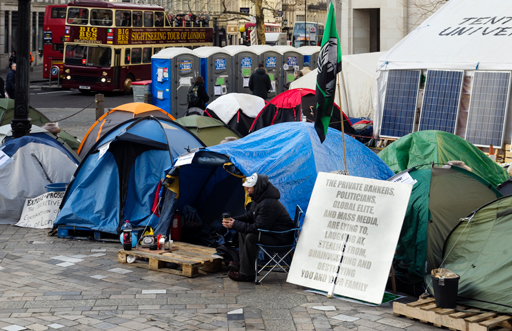4.4 The right to the city
In Harvey’s view, urban-based movements have special responsibility for addressing a range of contemporary issues because urbanisation processes are central to the increasingly unstable dynamic of accumulation that is resolved through and expressed through ever-accelerating rounds of creative destruction of the urban built environment (Harvey, 2012). The contradictions of neoliberalising capitalism as a regime of accumulation and mode of governance are, so the narrative goes, therefore increasingly concentrated in the rhythms and spaces of urban life itself. The inherent dynamic for the over-accumulation of capital finds its unstable resolution in the financialised recycling of capital surpluses into the creative destruction of urban environments. And this is why the global challenges generated by urbanisation are often experienced in a vocabulary of spatial or urban claims – claims to clean water, affordable food, safe neighbourhoods, local autonomy or clean environments – or, more broadly, of claims to the ‘right to the city’ or even ‘urban revolution’ (Harvey, 2012).
The idea of the ‘right to the city’ has become a rallying call for activists, non-governmental organisations (NGOs) and social justice campaigners around the world since the 1990s, and has even been integrated into policy thinking by international organisations such as UNESCO and UN-HABITAT. The idea was first developed by the French urban theorist Henri Lefebvre. As a normative ideal and a campaign objective, the ‘right to the city’ idea rests on the observation that the experience of injustice in the contemporary world is increasingly focused on some aspect of urban living or urbanised practice (see Merrifield and Swyngedouw, 1996). The implication is that more and more political contention is generated by the deepening dependence of social life on urban infrastructures, through which state capacity and the logics of accumulation reach into everyday life.
The notion of the ‘right to the city’ supposes that there is a cluster of activities that count as ‘urban politics’, not just because they take place in particular places but because they revolve around urbanised issues of contention (the concentrated, material conditions of social reproduction) and around distinctively urbanised value claims (the right to certain minimal standards of habitability, or ‘inhabitance’) (see Purcell, 2008). The ‘right to the city’ has also been made central to an assertive claim about urban politics now having a global importance in driving radical democratic possibilities.
In David Harvey’s view, challenges to the contemporary hegemony of finance capital should be centred on claims such as the ‘right to the city’ idea, since the inherent dynamic for the over-accumulation of capital finds its unstable resolution in the financialised recycling of capital surpluses into the creative destruction of urban environments. In Harvey’s analysis, the ‘right to the city’ illustrates a view of urban politics that is not restricted to the politics that goes on in cities and is directed solely at urban-scaled institutions, but that is global and cosmopolitan in its scope and ambition.
The ‘right to the city’ idea is therefore another example of the ‘urbanisation of responsibility’ already mentioned in this course. The idea is grounded in a narrative in which urbanisation processes are identified as being causally responsible for the generation of fundamental challenges to whole societies. At the same time, cities are also identified as being crucial agents responsible for solving these challenges.

